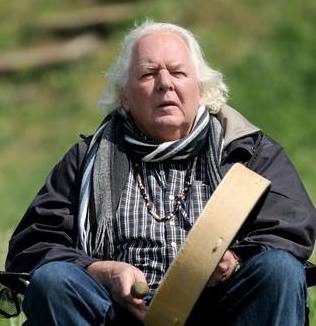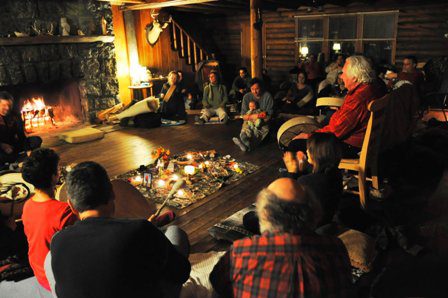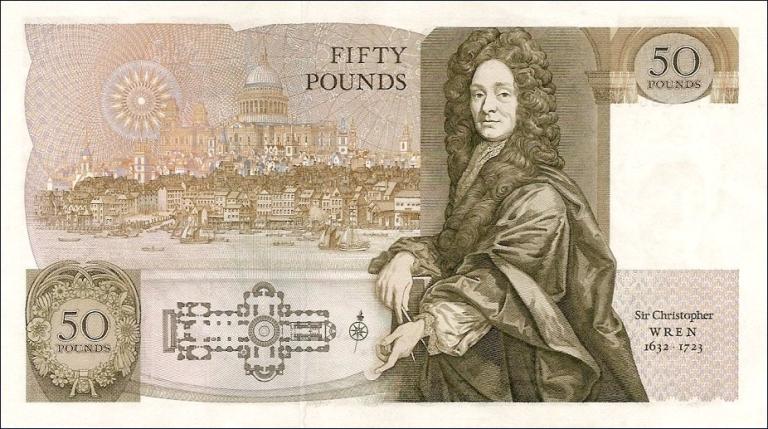The shaman’s primary tool for journeying is the single-headed frame drum, the type we use in Active Dreaming circles. I am constantly astonished, though no longer surprised, by how quickly this ancient instrument can help even the most rational, cognicentric Westerner to enter another state of being and consciousness in a matter of minutes, once we have built some circle energy and set clear intentions.
When I first introduced my core methods of Active Dreaming to an international audience before a crowd of some 250 academics and psychologists at a conference of the Association for the Study of Dreams at the University of Leiden in 1994, I invited those present to find a partner, share a dream, and then travel together through the doorway of that dream into a space beyond it with the aid of the drumming. This exercise in dream reentry and tracking was wildly successful. After my workshop a pair of shrinks from the Sigmund Freud Institute in Frankfurt pursued me through a courtyard crying, “Schamane! Schamane! Stop! You must tell us how you did that!”
“Did what?”
“You put us there,” one of them insisted. “We were really in the same place, in some other reality. I saw things from his dream he had not told me, and we both went beyond the dream, into a deeper place. How do you do that?”
“I didn’t do it,” I said mildly. “I just suggested it was possible. And of course I gave you this gee-whiz technology -” I held up my drum “- to make it so.”
The single-headed frame drum probably originates in Central Asia, from whence we get the term “shaman” (borrowed from the Tungus, a hunting and reindeer herding people of Siberia). The nearby Buryat people have a marvelous story about why the shamsn’s drum is single-headed.
Long ago, Death complained to the High God that a powerful shaman was disturbing the balance of things. This shaman was so successful at bringing the souls of the dying back into the body that Death was being cheated of his share. The High God reached down from the heavens, plucked the vital soul of a perfectly healthy man out of his body, confined it inside a bottle and sat on his high throne, waiting to see what the shaman would do.
Approached by the family of the unfortunate man who now lay lifeless, the shaman mounted his drum – which he called his “horse” – and rode it through the Lower World and the Middle World, looking for the missing soul. To fulfill his quest, he had to journey higher than he had ever gone before, into the Upper World, until at last he saw the High God on his high throne holding the soul in the bottle. Even the boldest of shamans might have given up at this point.
But this shaman refused to abandon his mission. He shapeshifted into a wasp and stung the High God on the forehead. Shocked and in pain, the High God relaxed his grip on the bottle. The shaman grabbed the captive soul and began to gallop back towards his village with it. The High God, in fury, hurled a lightning bolt after him. It split the shaman’s drum – hitherto double-headed – in two, giving us the classic form of the drum as we know it today.
From this wild, archaic story, several vital aspects of the shaman’s practice emerge. The shaman works with souls. The shaman has the ability to travel at will through a three-tiered universe – Lower World, Middle World, Upper World – that opens into a multidimensional cosmos. The shaman is a shapeshifter, on intimate terms with the animal powers. He can go beyond death and return. He helps to put souls where they belong. And he knows a few good tricks.
My own CD of shamanic drumming for dream travelers, “Wings for the Journey” is available from Psyche Productions
Photo: RM drumming for a circle at Kernave, Lithuania (c) Gierdre Rein


